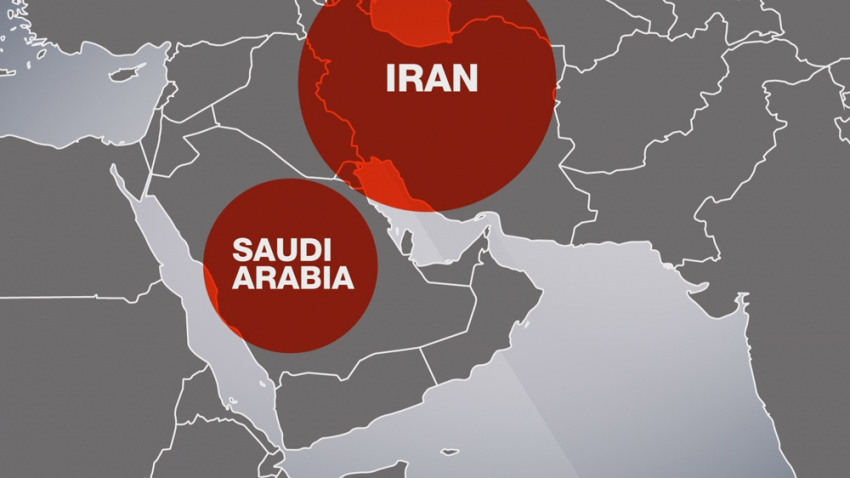Serious impediments to Iran's branding and rebranding

By: Mehrdad Pahlavani
Brand Making is a silent strategy but the results could manipulate intentions and mark something or someone as favorable or as a stain during a short or long process.
Mindsets, international society, and social life are obsessed with variety and spectrum of brands. Few commodity brands are sold quickly because of the country where it is made and some brand's demand is huge only because of the brand. By and large, the name of a country and a brand often overlap.
The role of branded commodities has been also moved into political affairs as well as the international arena. The procedure over the branding process is fearfully underway in the Middle East in a different way. This includes interference with other's branding, investing in fake brands and also purchasing copied brands. Iran's branding has been influenced by a plethora of factors, including the fake branding revenue funneled into the pockets of rivals.
Politically, from 1979 onward, Iran's rivalries have been heard about more and more. Their media is strongly committed to the principals of their capitals and recently this has been advocated by the new generation of technology and also social apps. Browsing "Iran" via a variety of search engines always shows malicious news and pictures which are far from realities. Some selective news is often corrupted.
From economic perspective, imposed sanctions on Iran were the crucial big obstacles. Even Iranian scientists and businessmen were not allowed to participate in international conferences. Iranian economic branding has been grappling with restrictions, while doing business with Iran is threatened through notifications and confidential advisories. Technology reservations along with and in the framework of the sanctions led to a very costly economic development.
Iran’s rich history and civilization have been derailed and interpreted wrongly for political purposes.
An apprehension of the current brand of Iran illuminates three major problems:
1- It is hard to conceive the real inherent brand of Iran. Interpreters' deduction of Iran's real brand has baffled many.
2- The real, inherent brand is manipulated in such a way that misguides Iran’s audience as to what it is all about.
3- Iran branding has been politicized. Every issue which is related to Iran is portrayed abroad as a political matter. The simple definition of democracy has been warped despite a 73 percent participation of Iranian voters.
Iran branding encounters many problems and is rooted in extraordinary misunderstandings. In this connection, during the negotiation on the JCPOA, Iran chose "rebranding” to remove its tarnished image. Tehran proved that tendentious claims about Iran have been absolutely wrong. Rebranding needs many provisions to succeed and Iran was not very successful.
The US was ambivalent to comply with its commitment on the Joint Comprehensive Plan of Action (JCPOA). Iran's economic image remained negative and untouched. Sanctions were not lifted as the P5+1 promised.
A rebranding requires fast-track policies. While Iran's rebranding lasted a while, the promises of the JCPOA were not met by the signatories, especially the US.
Rebranding should be recognized by others, but it was resisted by neighboring countries and others.
Iran's political and security stability is a vital brand in the Middle East even when expenditures have been much higher and growing among other countries in the Middle East. The military spending over the past decade in the Middle East has been increased (at 2015 prices) in the UAE +122 percent, Kingdom of Saudi Arabia +20 percent, Israel +18 percent, Turkey +9.6 percent, but Egypt -5 percent and Iran -7 percent. The missile capacity and military expenditure of Iran’s neighbors have been much higher.
In any event, Iran has not yet fully benefited from the JCPOA deal. The issue right now is Iranian missile capability and its willingness to negotiate on reduction of the capability. Does this make sense?
The reduction in Iran's defensive capabilities leads to the creation of a potential “new Saddam” in the region. How will the West respond to that?
A weakened Iran calls for a new order in the Middle East. What are the Western options for the Middle East rebalancing?
If these questions are to be answered fairly, we may come to the conclusion that Iran correctly doubts trusting the other side of the negotiation table. This is exactly the right position for Iran to take.
Source: Mehr News

